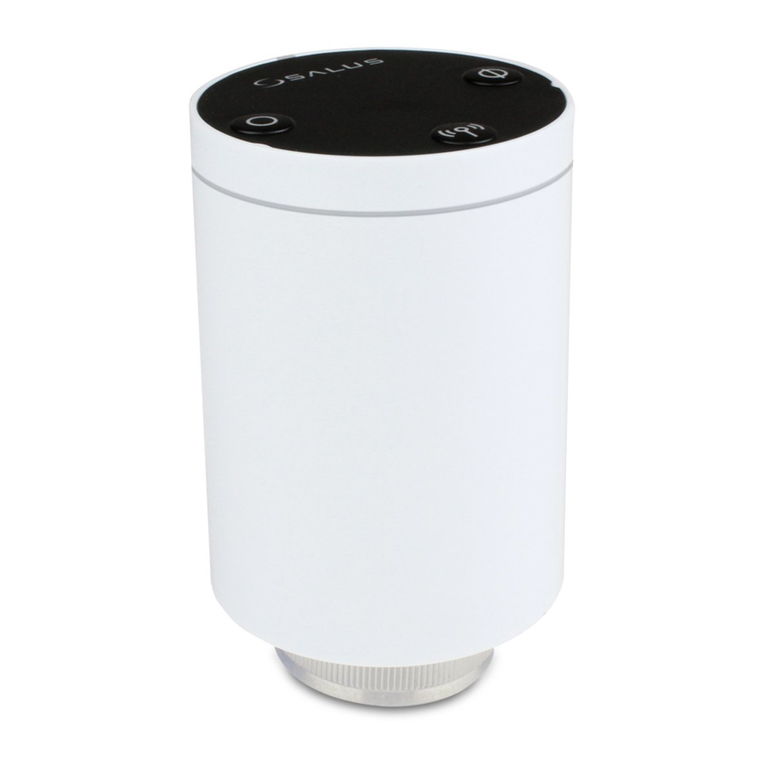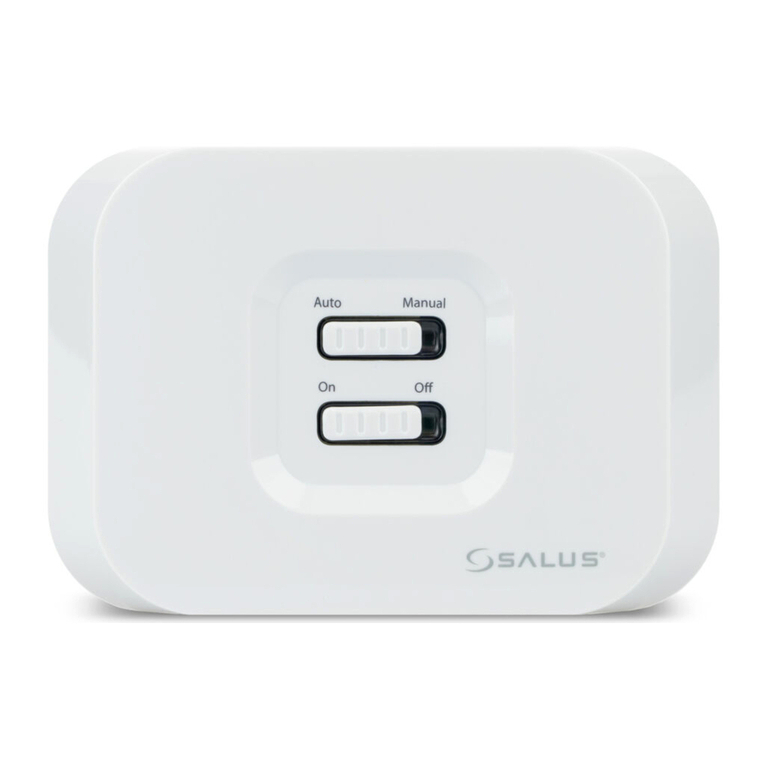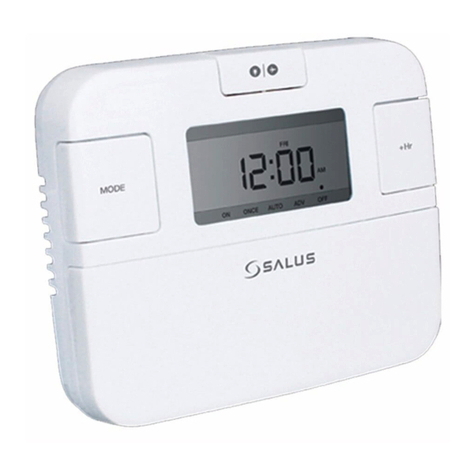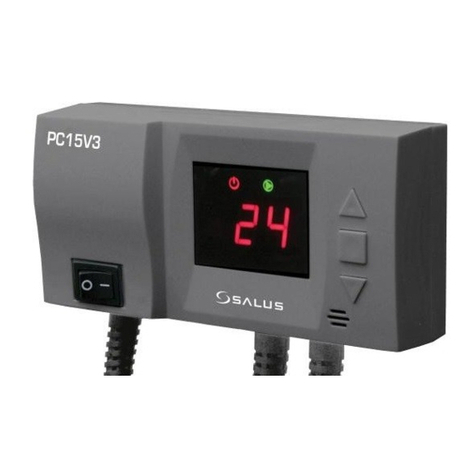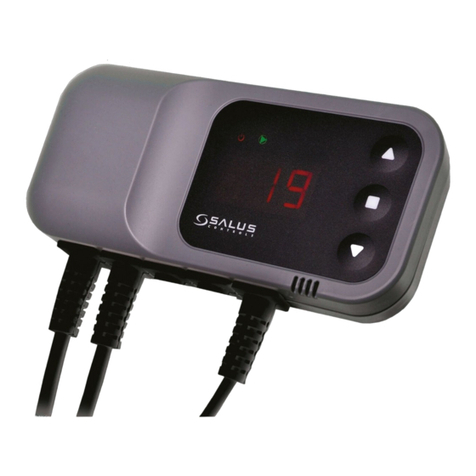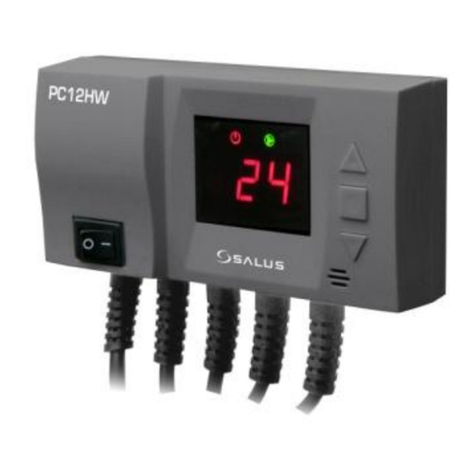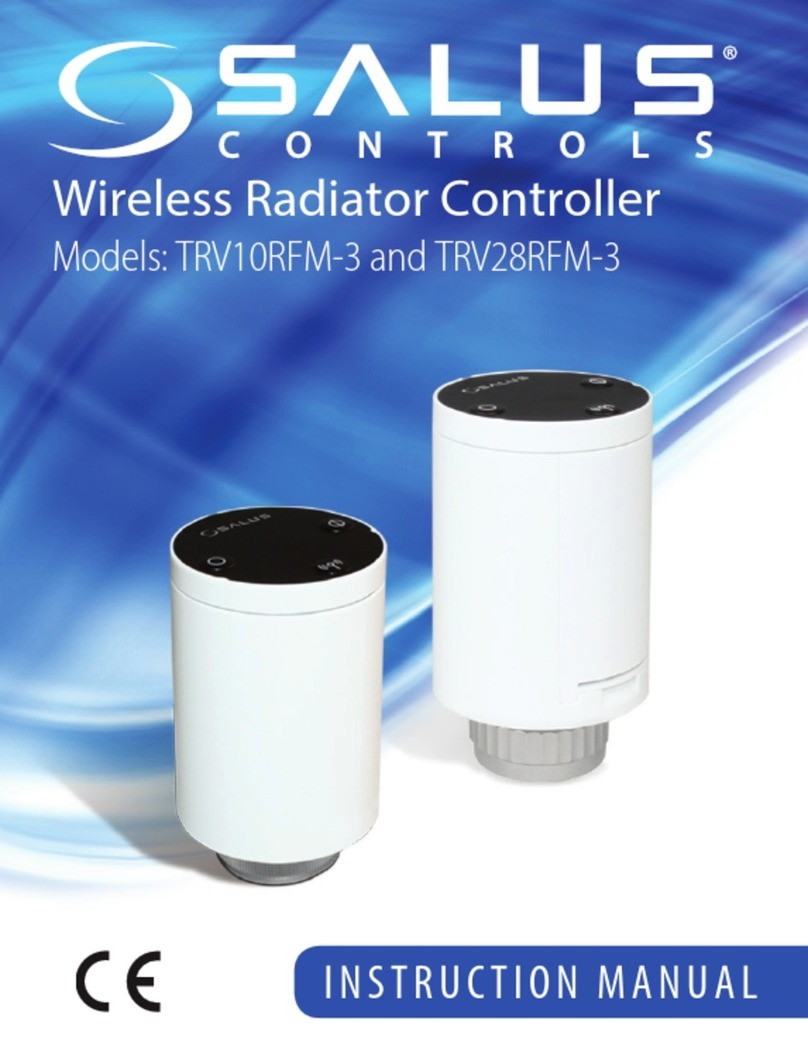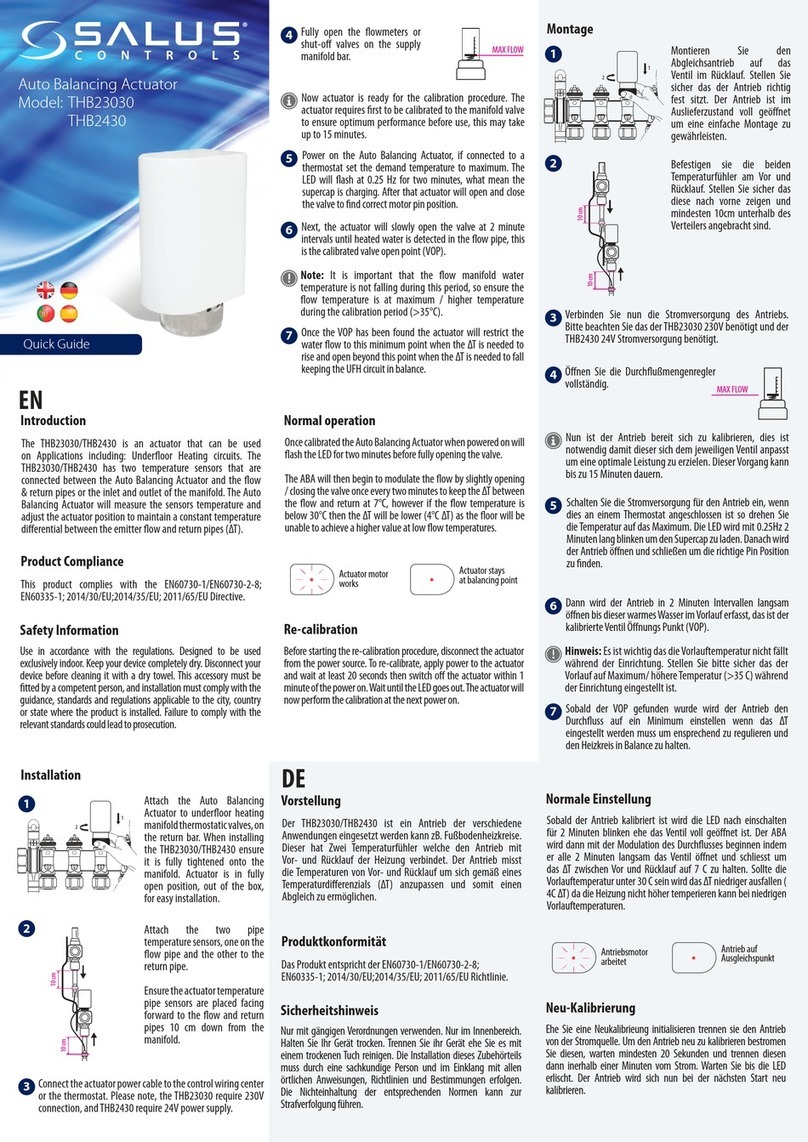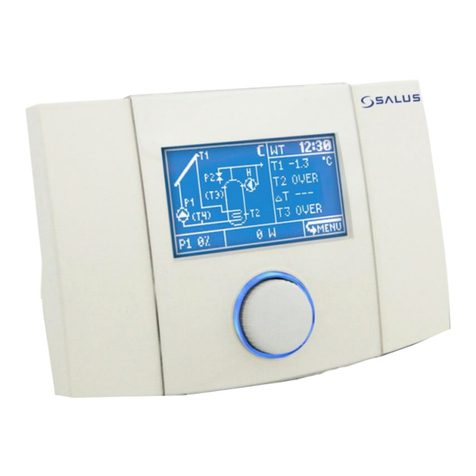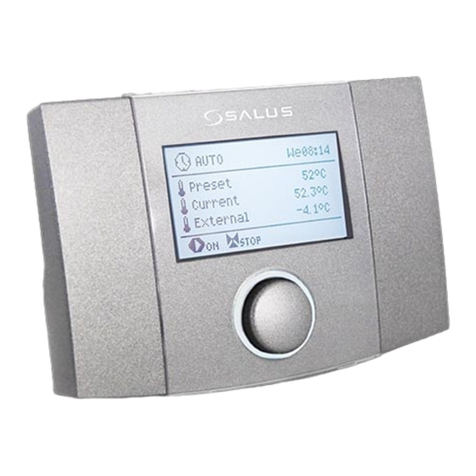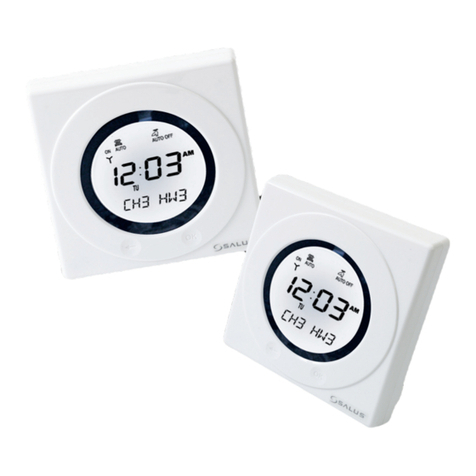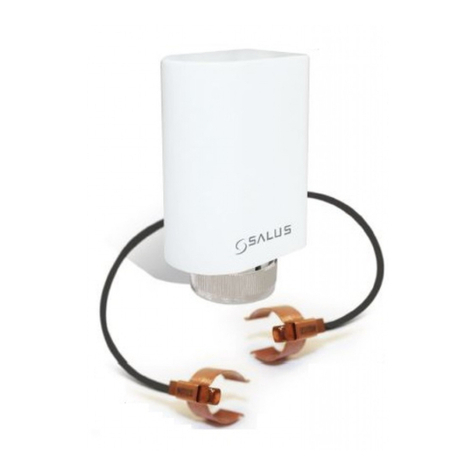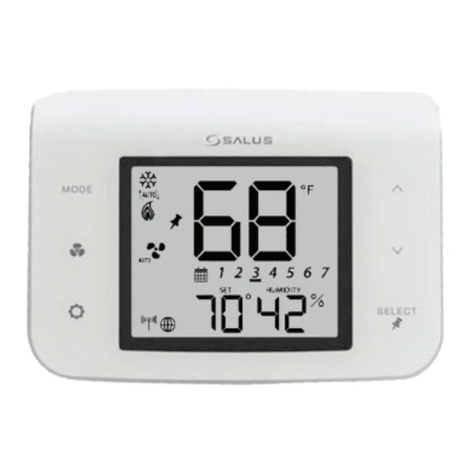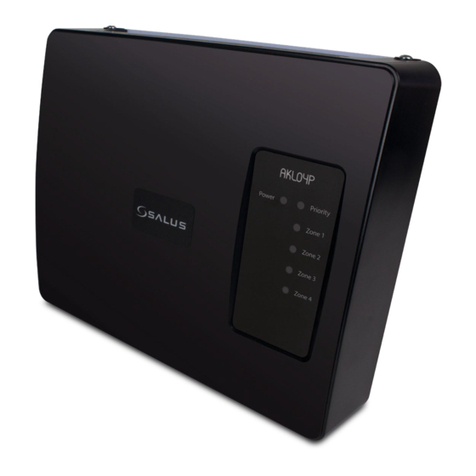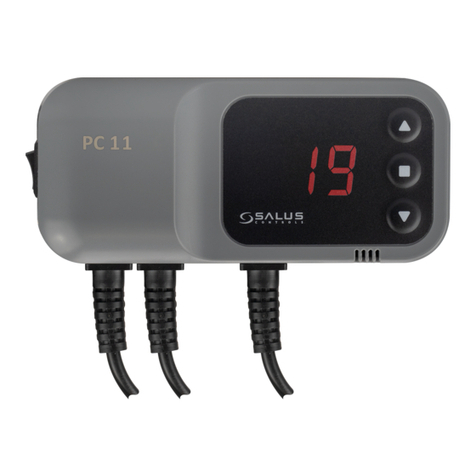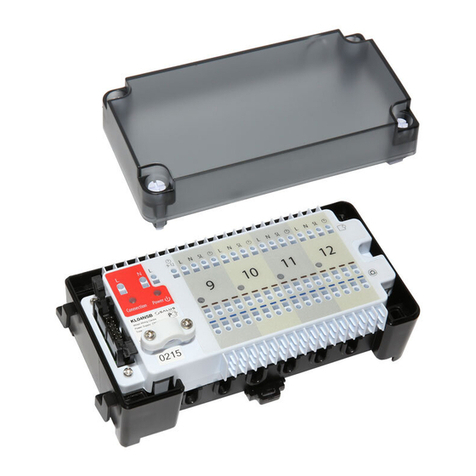
CONTENTS
1. SAFE INSTALLATION AND USE 4
2. GENERAL 5
3. DIRECTIVE WEEE 2012/19/UE 5
4. DOCUMENT KEEPING 5
OPERATING MANUAL 7
5. OPERATION 8
6. CONTROLLER MENU 8
7. SETTINGS MENU 10
8. TIME PROGRAMS 10
8.1.
TDHWMIN ...........................................................................10
8.2.
ROOM TEMPERATURE........................................................11
8.3.
CIRCULATION ......................................................................11
9. MENU ALARMS 11
10. OPTIONS MENU 13
10.1.
RESTORING FACTORY SETTINGS ........................................13
10.2.
READING DEFAULT SETTINGS ............................................13
10.3.
CLEARING HEAT OUTPUT DATA .........................................13
11. OPERATION MANU 13
11.1.
OPERATION\SETTINGS MENU............................................13
11.2.
OPERATION\LOUDNESS MENU..........................................14
11.3.
OPERATION\CLOCK MENU .................................................14
12. HEAT OUTPUT 15
13. SOLAR APPLICATIONS 16
13.1.
NIGHT COOLING..................................................................16
13.2.
SOLAR THERMAL SCHEME A ..............................................16
13.3.
SOLAR THERMAL SCHEME B ..............................................17
13.4.
SOLAR THERMAL SCHEME C ..............................................17
13.5.
SOLAR THERMAL SCHEME D ..............................................18
13.6.
SOLAR THERMAL SCHEME E...............................................19
13.7.
SOLAR THERMAL SCHEME F...............................................19
13.8.
SOLAR THERMAL SCHEME G ..............................................20
13.9.
SOLAR THERMAL SCHEME H ..............................................21
13.10.
SOLAR THERMAL SCHEME I .....................................21
13.11.
SOLAR THERMAL SCHEME J.....................................22
13.12.
SOLAR THERMAL SCHEME K ....................................23
13.13.
SOLAR THERMAL SCHEME L ....................................23
13.14.
SOLAR THERMAL SCHEME M...................................24
13.15.
SOLAR THERMAL SCHEME N ...................................25
13.16.
SOLAR THERMAL SCHEME O ...................................25
14. SHUT DOWN 26
15. TECHNICAL DATA 28
16. INSTALLATION 28
16.1.
INSTALLATION OF THE CONTROLLER ................................28
16.2.
EXTERNAL CIRCUITS CONNECTION....................................30
16.2.1.
Use of connectors .....................................................30
16.2.2.
Power supply connection .........................................31
16.2.3.
Connecting the PWM signal of the solar pump ......31
16.2.4.
Temperature sensor connection .............................31
16.2.5.
Temperature sensor installation..............................32
16.2.6.
Room temperature sensor installation ...................32
16.2.7.
Output H connection ................................................33
17. APPLICATION SCHEMES 34
17.1.
SOLAR APPLICATION SCHEME A ........................................34
17.2.
SOLAR APPLICATION SCHEME B ........................................35
17.3.
SOLAR APPLICATION SCHEME C ........................................36
17.4.
SOLAR APPLICATION SCHEME D ........................................37
17.5.
SOLAR APPLICATION SCHEME E.........................................38
17.6.
SOLAR APPLICATION SCHEME F.........................................39
17.7.
SOLAR APPLICATION SCHEME G ........................................40
17.8.
SOLAR APPLICATION SCHEME H ........................................41
17.9.
SOLAR APPLICATION SCHEME I..........................................42
17.10.
SOLAR APPLICATION SCHEME J...............................43
17.11.
SOLAR APPLICATION SCHEME K ..............................44
17.12.
APLIKACJA SCHEMAT SOLARNY L ............................45
17.13.
SOLAR APPLICATION SCHEME M.............................46
17.14.
SOLAR APPLICATION SCHEME N .............................47
17.15.
SOLAR APPLICATION SCHEME O .............................48
18. CASING CLOSING 49
19. CONTROLLER OPTIONS 49
19.1.
SYSTEM OPTIONS\SETTINGS ..............................................50
19.2.
I\O OPTIONS\CONFIGURATION .........................................51
19.2.1.
Wire length compensation .......................................51
19.3.
OPTIONS\FUNCTIONS.........................................................51
19.3.1.
Vacuum collector function .......................................52
19.4.
MANUAL MODE ..................................................................52
19.5.
SCHEME WIZARD ................................................................53
20. FUSE REPLACEMENT 53

